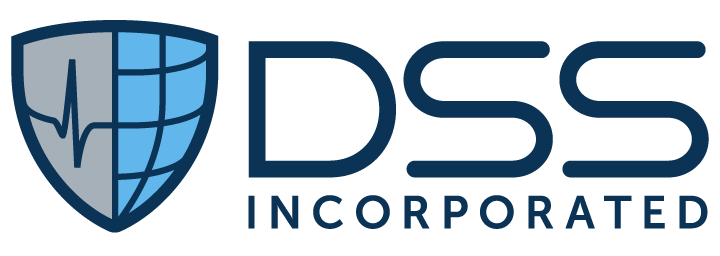Medical Economics: Better Patient Engagement – for Both Sides
It's no surprise that care delivery is becoming more stressful for both patients and doctors in the United States. Today’s patients want better access to their information and to be actively engaged in their own care. On the other side of the coin, doctors want to spend more time with patients, but face intense time pressures.
Along these lines, 60 percent of doctors reported that they spend between 13 to 24 minutes on average with each patient. During some of these precious minutes, providers struggle to follow electronic health record (EHR) requirements and processes.
This is due to current EHRs not being work-flow confluent as the patient is asked the same questions multiple times. Doctors also struggle with fragmented systems that require separate log-ins, and many of the processes are simply not clinically useful.
A more thoughtful EHR can deliver a better experience for both sides. What’s needed is a tool that leverages cutting edge technology to deliver better usability, flexibility, and value, designed by clinicians who truly understand the healthcare workflow. For patients, an EHR should provide a patient portal that integrates data into a clinical registry, allowing access to all of their data in a single location.
These were the key themes of a recent Medical Economics guest article by Jay Haughton, RN, BBA, and Clinical Solutions Consultant for DSS, Inc. With a high-level focus on the special features of the DSS Juno EHR, the article also goes deeper by offering these insights into the four areas where this next-gen EHR stands out:
Usability – Clinical data is easily available by streamlining workflows and navigation with fewer clicks and a common patient banner, which puts certain patient information in the same location regardless of application. This empowers providers to focus on the work that matters most. Juno EHR integrates and aggregates data into a clinical registry, allowing patients to access all of their data from a single portal.
Flexibility – Care organizations have numerous regulatory requirements and certification standards. Juno EHR allows organizations to create additional fields to meet the unique needs of their workflow. Organizations can define and link fields to medical code sets to stay current with ever-changing regulatory requirements and advancements in healthcare information technology.
Technology – Leverage the latest technology for a scalable and portable solution that meets doctor and patient needs today, while avoiding vendor lock and enabling constant improvements. Juno EHR uses cloud-based infrastructure can do this while keeping patient data secure and up-to-date.
Value – Juno EHR is affordable, and provides greater value—including all implementation and support costs—without sacrificing functionality. Its cloud-based infrastructure eliminates the demand for large in-house IT staffs and data storage, allowing outsourced IT to handle the heavy lifting.
Both sides of the healthcare equation are under strain, and thankfully, it doesn’t have to be this way. Technology has created the challenge, and better technology can provide the solution.
It’s past time to fulfill the original promise of EHRs—reducing risk, improving efficiencies, and supporting high quality patient outcomes – and Juno EHR delivers. To learn more about Juno EHR, please click here.
